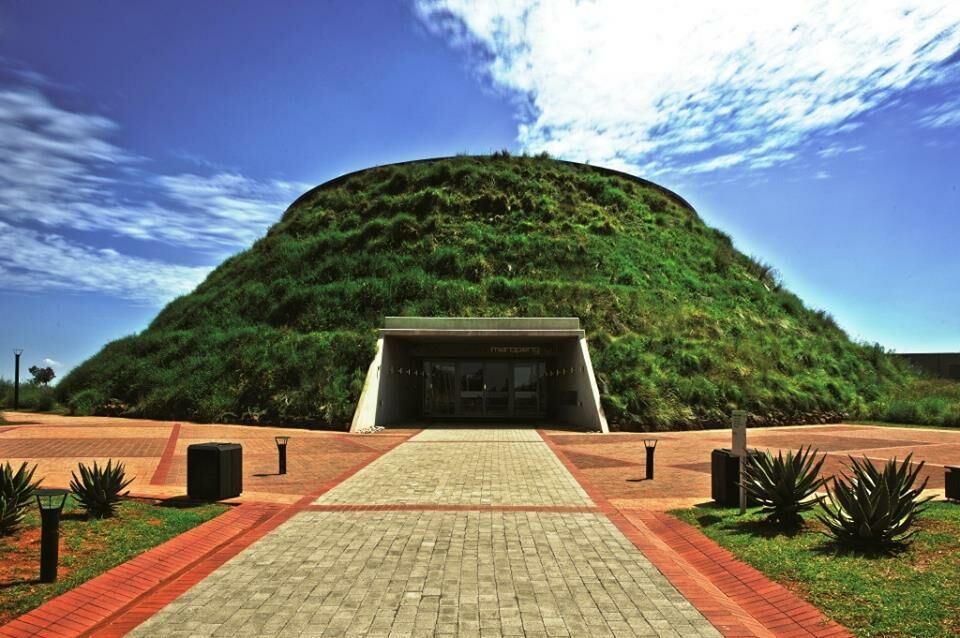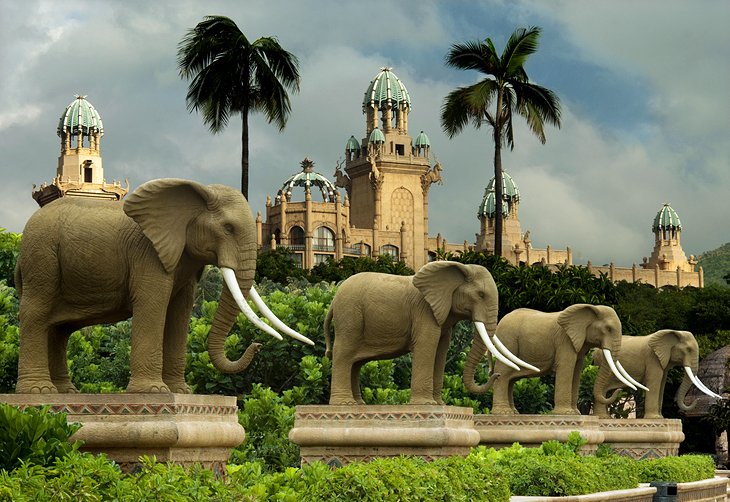6 Easy Facts About Johannesburg North Attractions Explained
Not known Facts About Johannesburg North Attractions
Table of ContentsJohannesburg North Attractions Can Be Fun For EveryoneJohannesburg North Attractions Things To Know Before You BuyThe Ultimate Guide To Johannesburg North Attractions8 Easy Facts About Johannesburg North Attractions DescribedThe Ultimate Guide To Johannesburg North AttractionsAll about Johannesburg North Attractions
The city owes its location to the visibility of an even a lot more precious resource: gold. The city expanded on the side of the Witwatersrand Main Coral reef, a subterranean stratum of gold-bearing quartz-silica empire that arcs for thousands of miles under the Highveld. A lot of the gold mines in the city ceased operation in the 1970s, however in its day the Witwatersrand gold sector accounted for more than 40 percent of the globe's yearly gold manufacturing.Johannesburg has a temperate environment. The city appreciates regarding 8 hours of sunlight per day in both wintertime and summertime.
What rainfall the city obtains drops practically exclusively in the summer season, often in magnificent late-afternoon electrical storms. Air contamination positions a significant problem, specifically in the winter season, when thermal inversions hinder the westward flow of air from the Indian Ocean. Contamination is most severe in the densely settled Black townships on the city's perimeter, where numerous residents still rely upon coal for fuel.

How Johannesburg North Attractions can Save You Time, Stress, and Money.
The equilibrium of the city is inhabited by whites. Lodging varies in personality and top quality.
Physical development, although somewhat restricted by transport, continued quickly as migration to South Africa, and Johannesburg specifically, enhanced substantially. This trouble was fixed in the 1930s when the vehicle was presented in mass manufacturing to South Africa. Vehicles were, essentially, constrained to the rich, and allowed them to transfer to the north of the city and commute into the centre.
Many inadequate suburban areas were combined, with poor blacks and whites living with each other, although the wealthy suburbs were generally reserved for whites. This altered with the political election of the National Celebration in the 1948 political elections, that started to formalise the system referred to as racism. Apartheid officially marked which suburbs each race could reside in under the Team Locations Act.
The previous system of eleven numbered regions was reorganised in 2006. Marshalltown, as seen from the top of the Carlton Centre. The M1 and M2 run behind the structures, and the southerly residential areas prolong past the freeway border. The inner city of Johannesburg lies within the city's Area F. The estimated populace of the region is 200,000, [] The number of people living in the internal city on a casual basis is unidentified, as numerous are illegal immigrants. Many higher-income citizens and white individuals have transferred to the north suburban areas and have actually been replaced by lower-income black people. The unemployment, education, and age profiles of the area are all unidentified, as a result of the trouble of acquiring trustworthy information concerning the location.
A Biased View of Johannesburg North Attractions
Yeoville and Bellevue have a mix of apartment and single household systems on small lots. this page The area is situated on a mountainous divide that runs from eastern to west. The most obvious geographic function is Observatory Ridge, which is called for the large observatory located on it. The entertainment rooms are no longer used, as a result of security problems.

Top Guidelines Of Johannesburg North Attractions
R. Tambo International Airport). The eastern suburban areas are a few of the oldest locations of Johannesburg, there are large neighborhoods of Jewish and various other European histories, the majority of the populace is English talking. There are 3 golf links as well as a number of secured ridges with viewsites. There are numerous well-developed and up-market amusement and shopping areas in the eastern such as the Eastgate Shopping Center and the Greenstone mall.
The location is primarily made up of old "matchbox" residences, or four-room homes developed by the government, that were developed to supply low-cost accommodation for black great site employees throughout see page racism. Soweto is an acronym, standing for "South Western Townships". Road after road in this field is lined with matchboxes; nonetheless, there are a few smaller locations where prosperous Sowetans have built homes that are much more comparable in stature with those in more wealthy suburbs.
Hostels are one more noticeable physical attribute of Soweto. Originally constructed to house male migrant workers, many have been boosted as dwellings for couples and family members. The N1 Western Bypass skirts the eastern limit of Soweto. The suburb was not historically allowed to produce employment centres within the area, so mostly all of its locals are travelers to other parts of the city.
Some Known Details About Johannesburg North Attractions
The domestic areas in the northern suburbs are primarily formal, with no considerable areas of casual real estate, or real estate that does not have a permanent structure. This is a well-known location, there is a pattern of land use adjustment from household to business, specifically along primary arterial roadways and around well established nodes.
Roads to the eastern and west are much less well established, as there are no freeways travelling in that direction. Towards the northern border of the city, the density of development decreases, leaving large locations of untaught land around Midrand.
Not known Facts About Johannesburg North Attractions
, which is located on a hillside ignoring the inner city and Hillbrow.